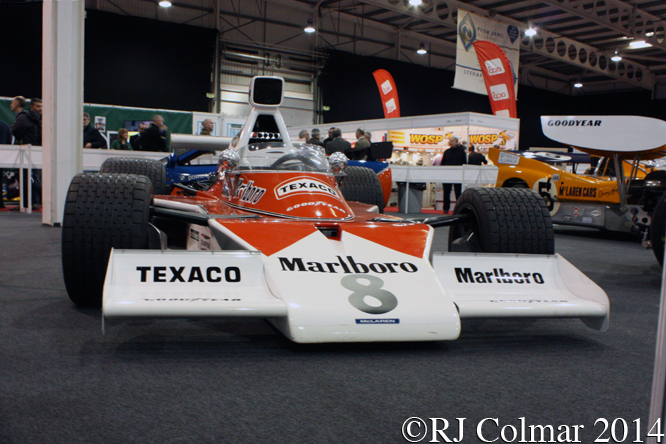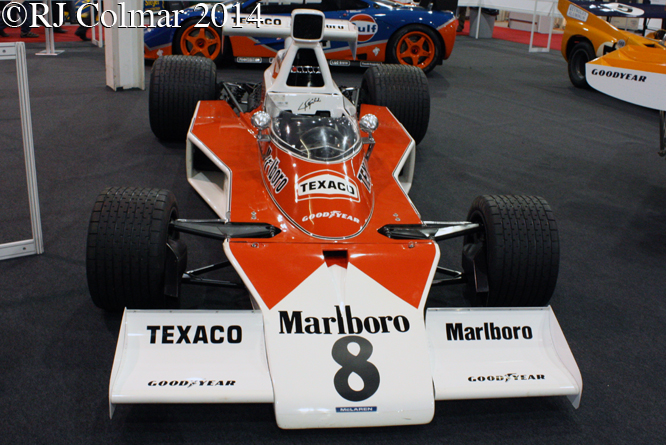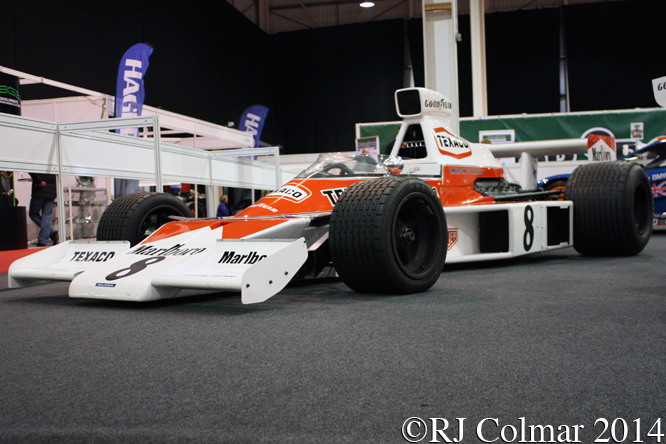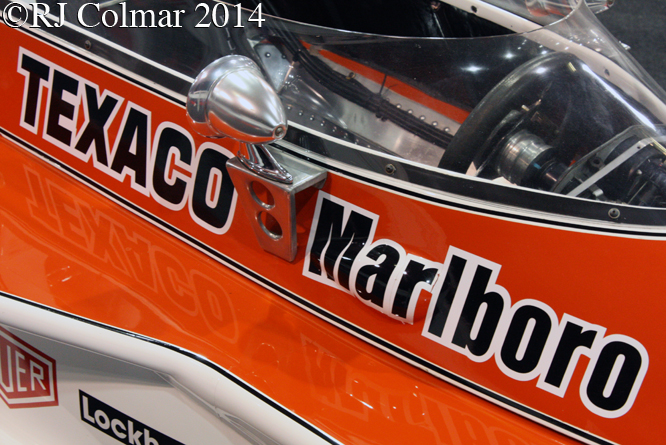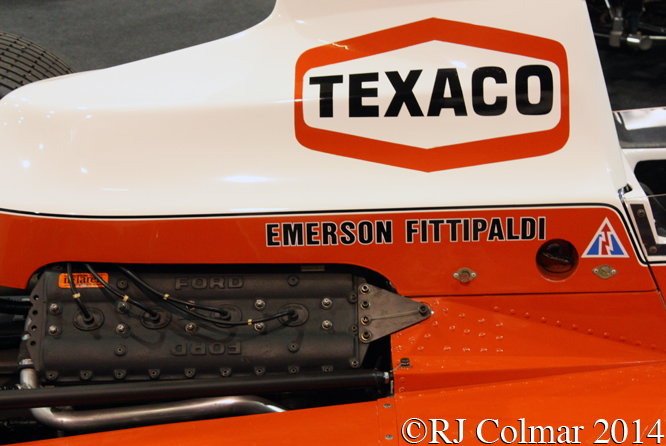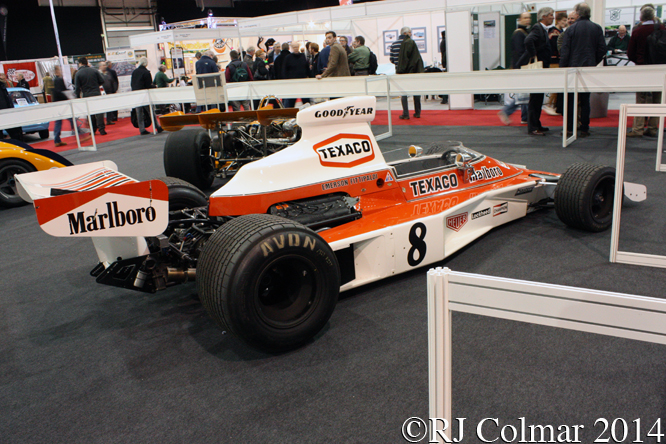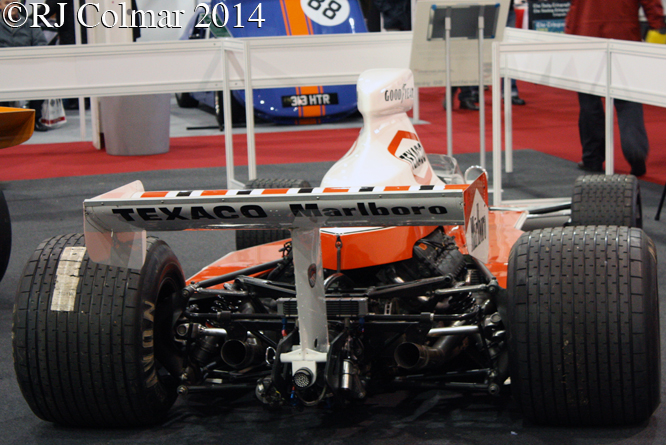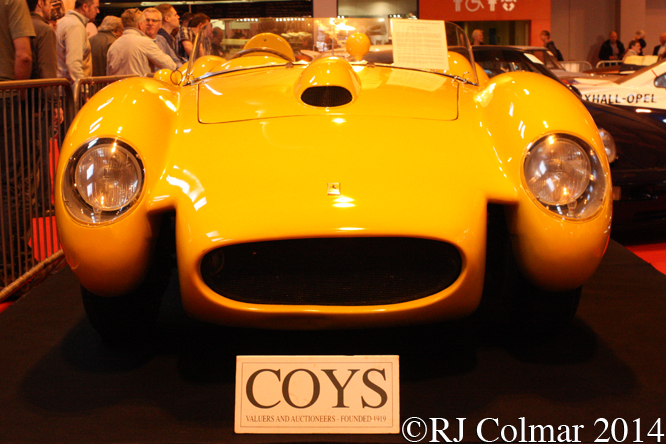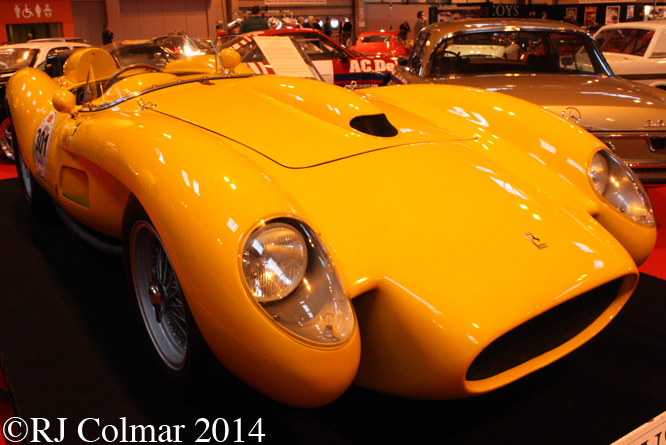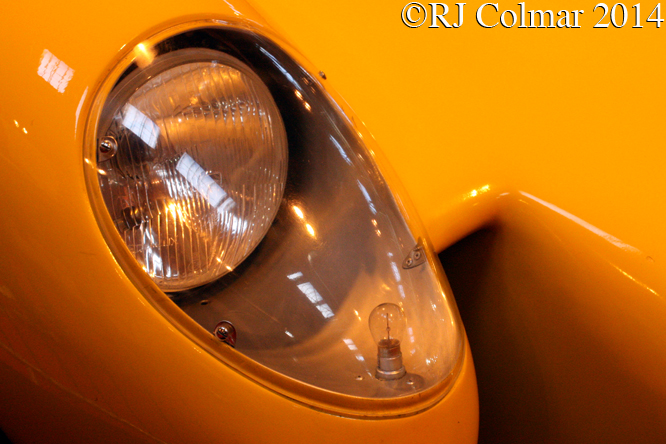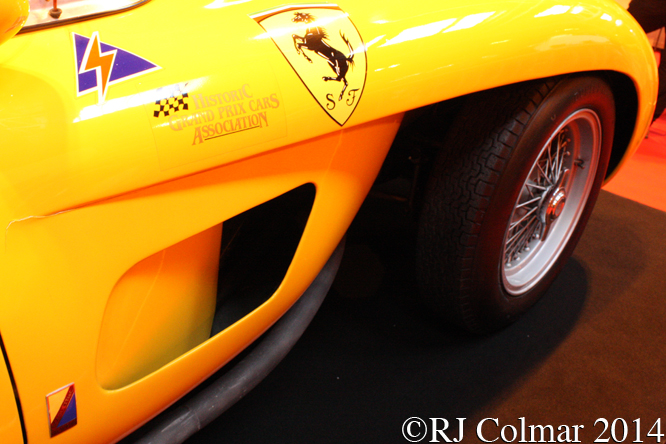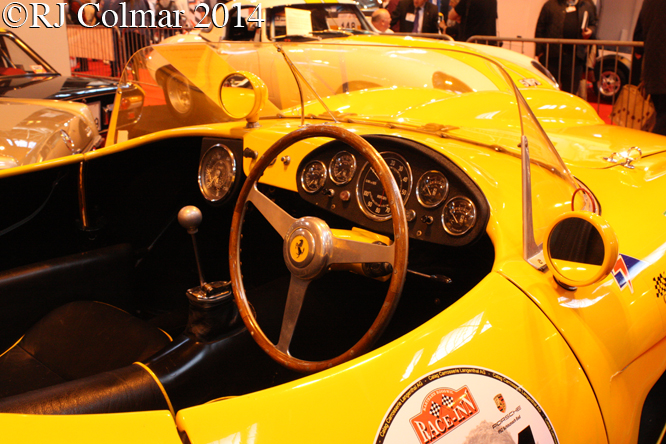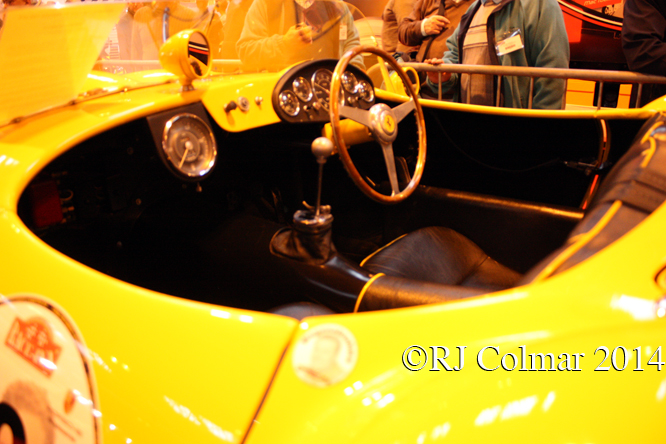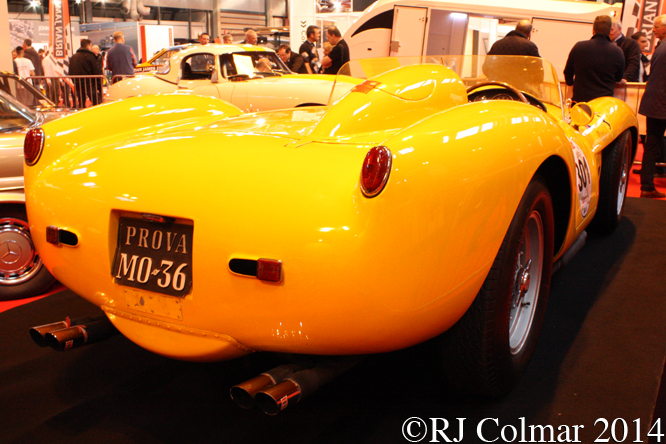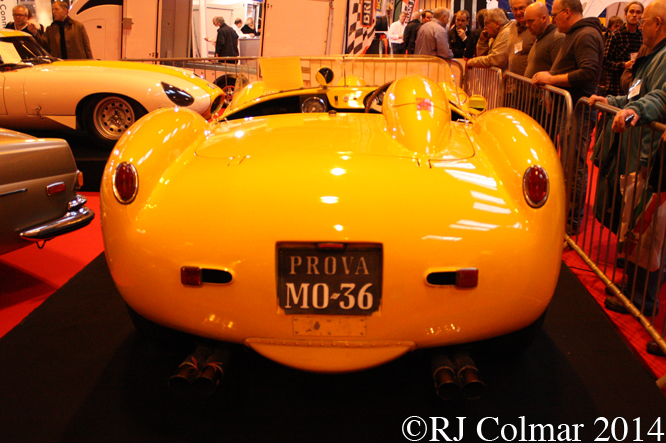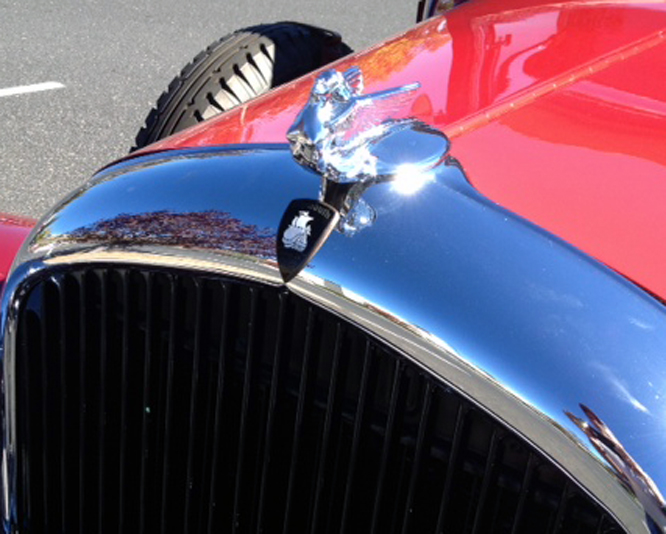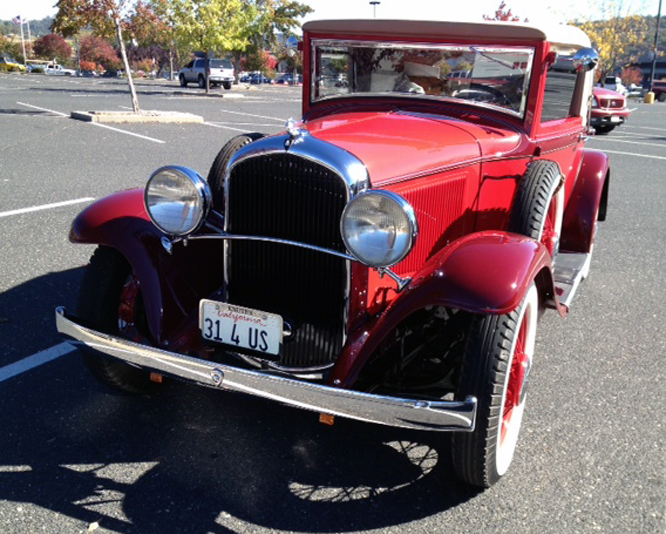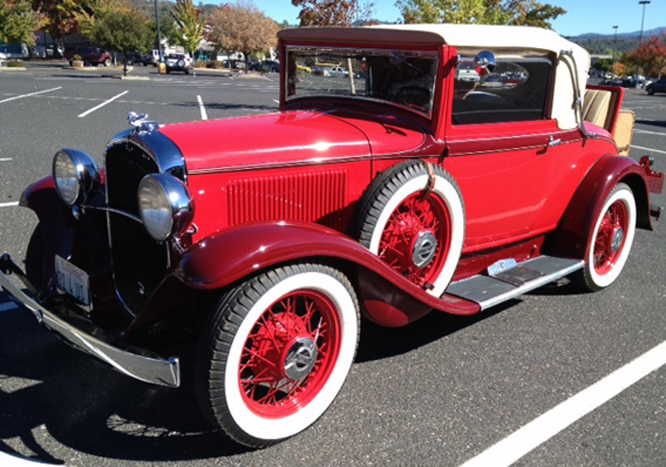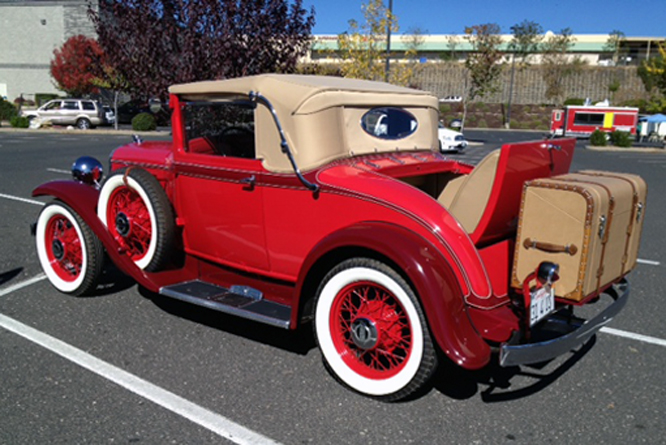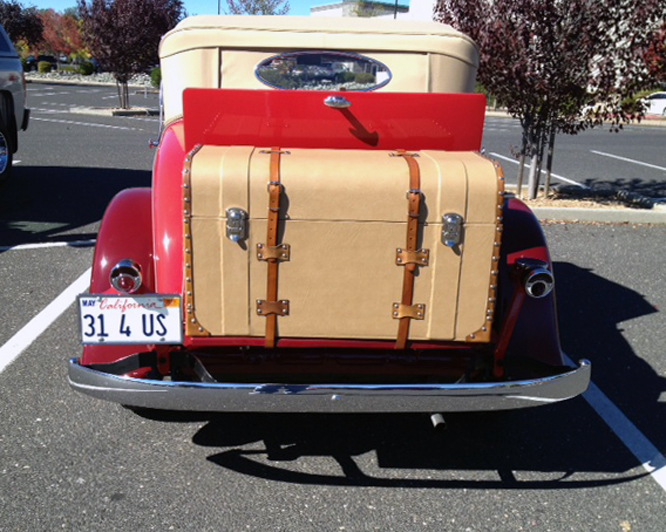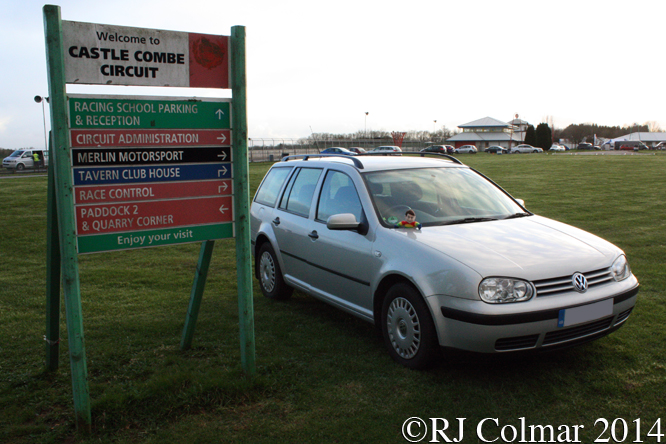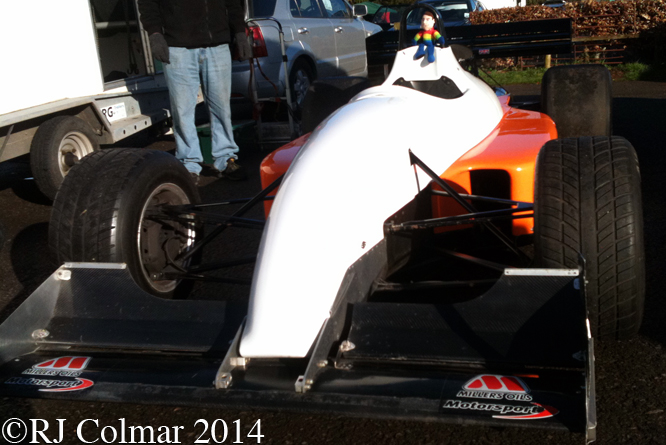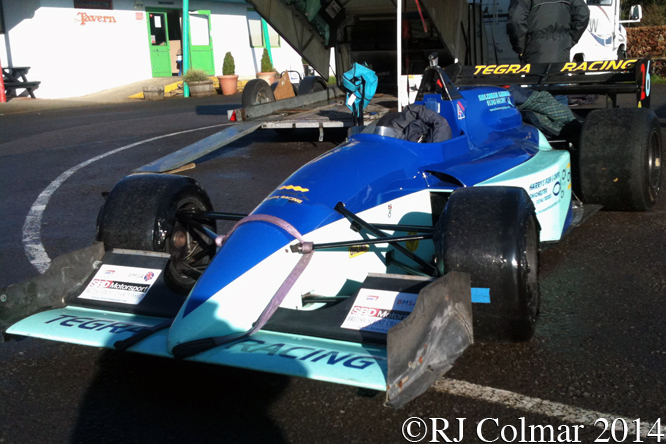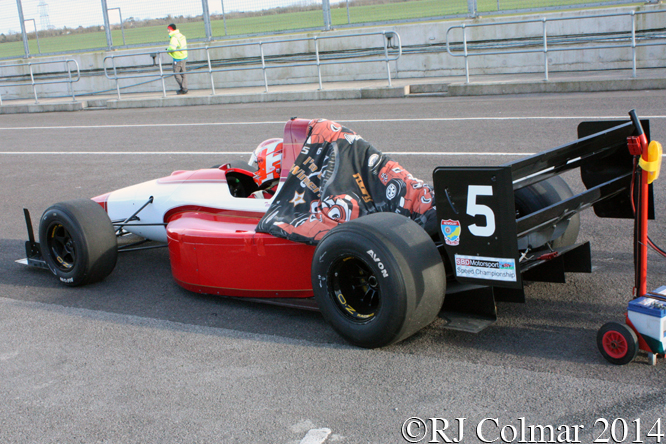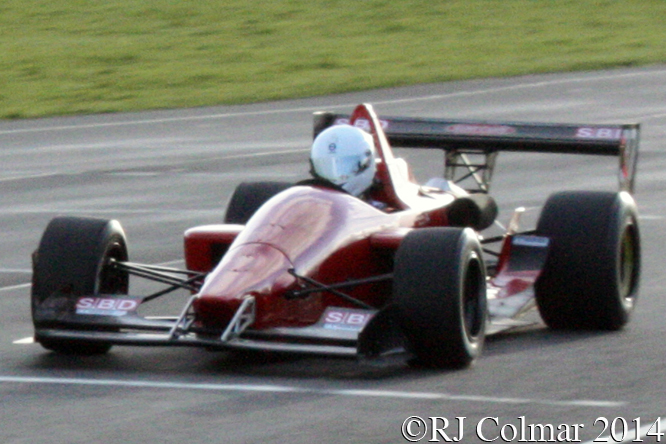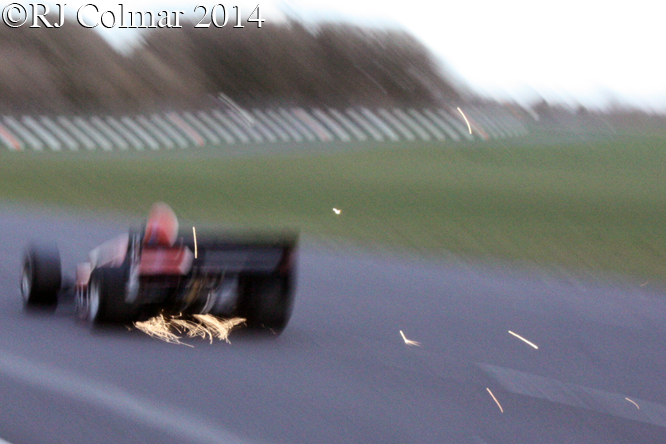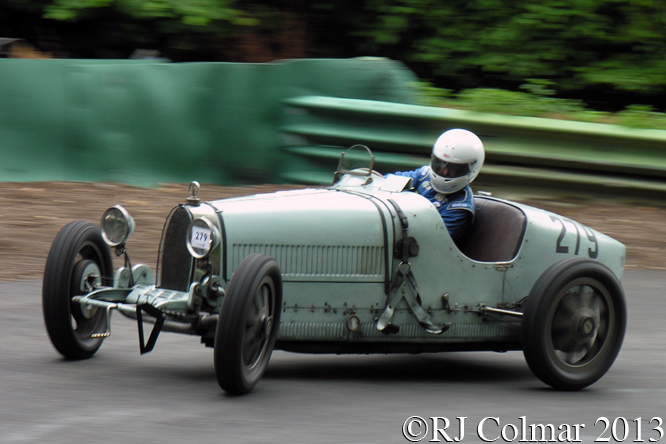After Juan Manuel Fangio won the 1957 World Drivers Championship driving for Maserati the company turned it’s attention to recouping it’s investment in racing through the sale of road cars and the works racing team turned it’s attention to sports models.
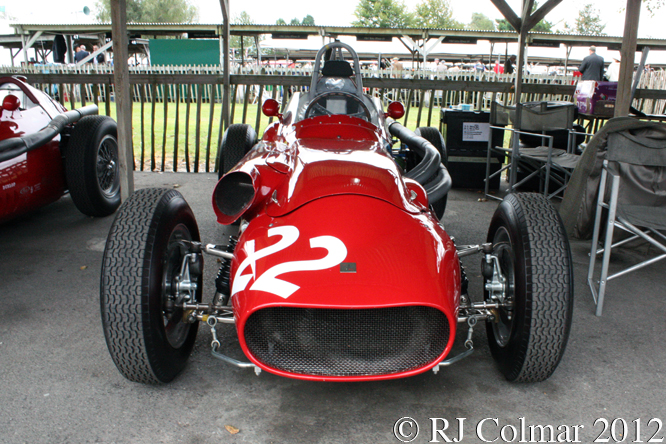
The remaining 250F racing cars that had been accumulated were dispersed amongst privateer teams, however there was one unnumbered chassis that had been started and 250F designer Valerio Colotti had plans for a revised version of the 250F to be built around the chassis for the 1958 season.
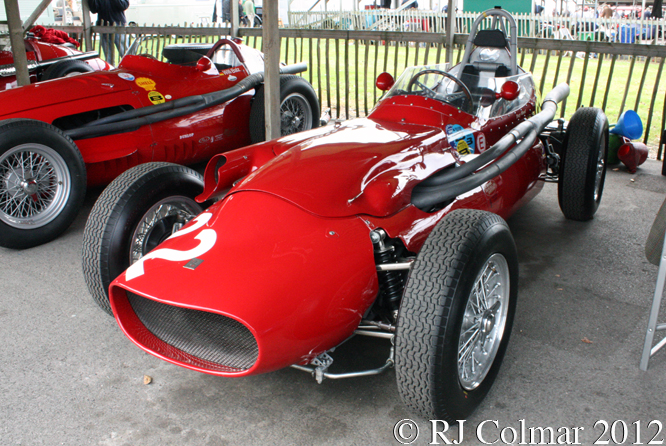
Colotti managed to secure the unfinished chassis and take it with him along with his drawings and set up his own design business called Studio Tecnica Meccanica where the new car, known officially as the Studio Tec-Mec F415 and unofficially as “4535” was completed with a Maserati 250F motor to power it.
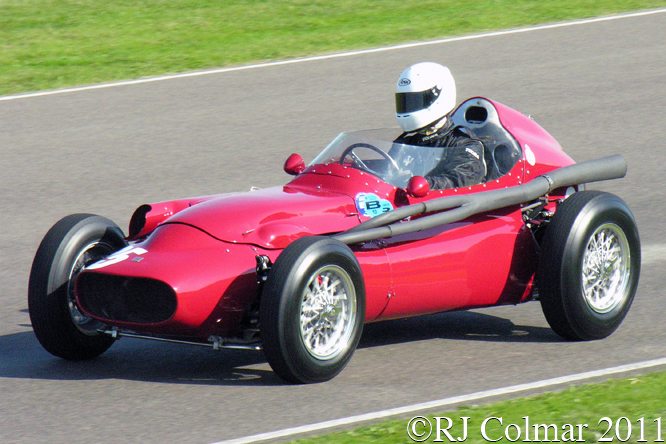
Funding for the car appears to have come from Gordon Pennington jr and Lloyd Perry Casner who’s Camoraldi team entered the car in the 1959 season ending US Grand Prix run at Sebring for Brazilian Fritz d’Orey to drive in what turned out to be his third and final championship Grand Prix race.
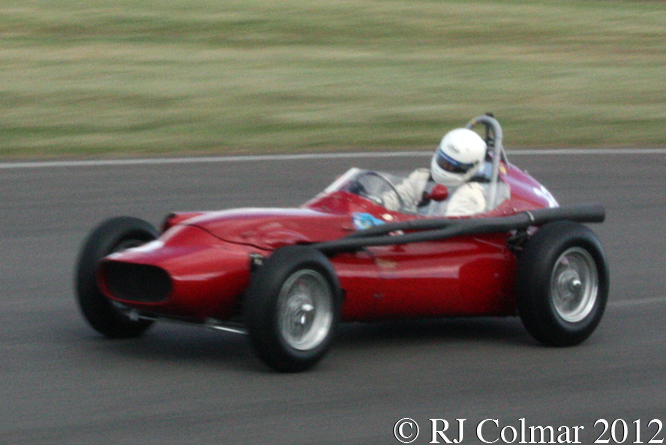
The new front engined Tec-Mec had long since been outdated by the rear engined Coopers and Fritz qualified 17th out of 19, possibly the only person more disappointed was Roger Ward who qualified last in his Offy powered Kurtis Kraft midget. Fritz was spared too much humiliation retiring with an oil leak after completing just 6 of the 42 laps in the race which was won by Bruce McLaren driving a Cooper.
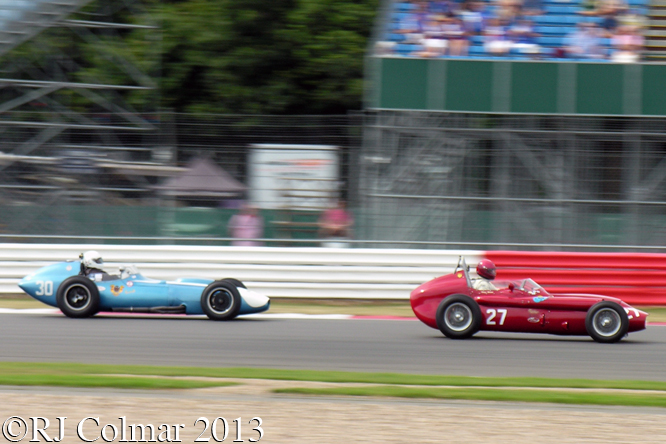 s
s
Today the Tec-Mec makes a fine racer against other front engined race cars from the same era, above owner Tony Wood leads the, equally uncompetitive in period, Offy powered Scarab of Julian Bailey for honors in a race for front engined Formula One cars run at Silverstone Classic last year. The Tec Mec is also seen sans roll over hoop driven by previous owner Barrie Baxter at Goodwood in 2011.
In 2008 Former Grand Prix driver turned Grand Prix pundit Martin Brundle took the Tec-Mec for spin round Silverstone, he perpetuates the myth that the Tec-Mec is a proper Maserati 250 F which it never was but the wheel cocking footage is worth a watch despite this factual error.
Thanks for joining me on this “4535” edition of “Gettin’ a li’l psycho on tyres” I hope you will join me again tomorrow. Don’t forget to come back now !


